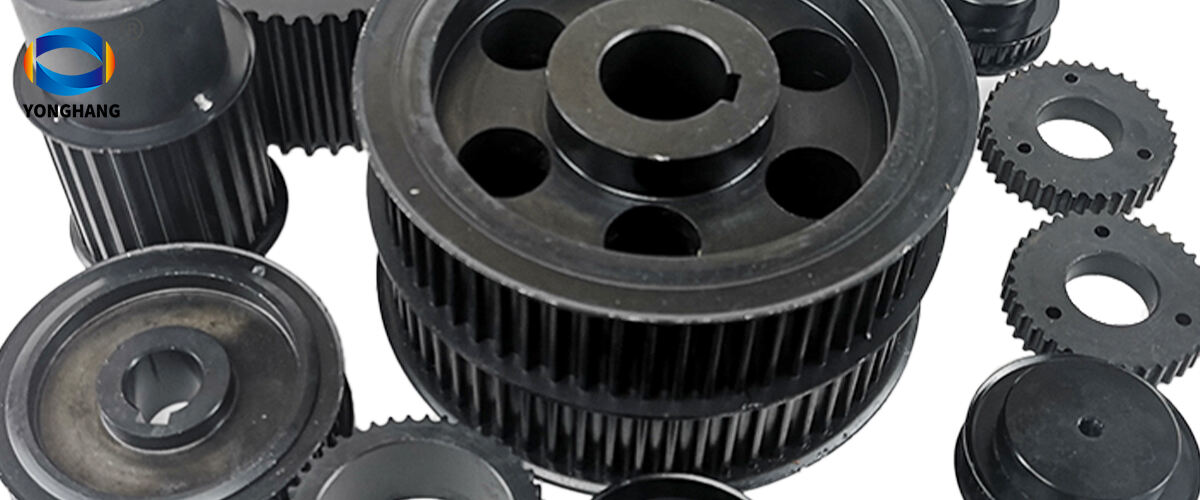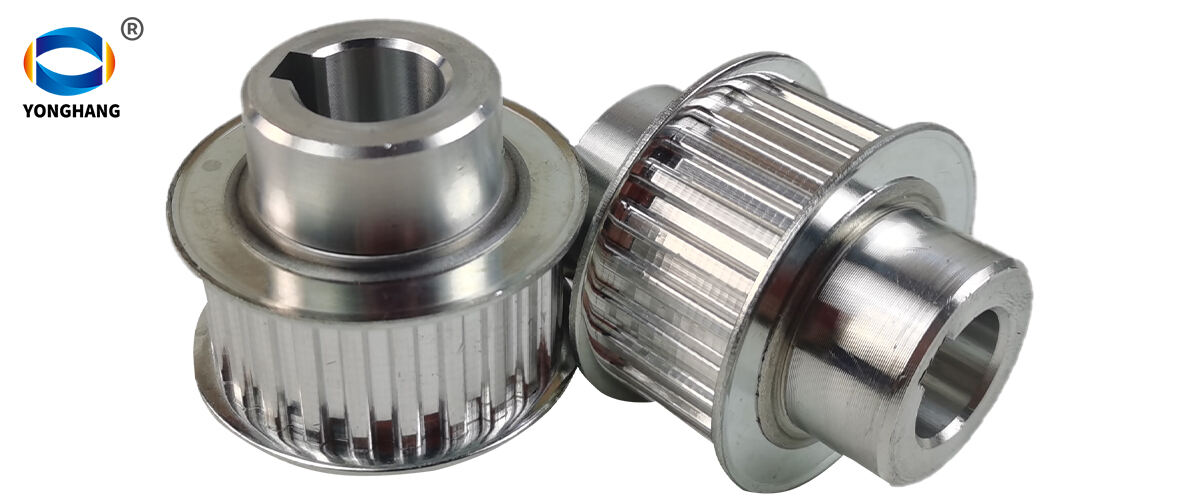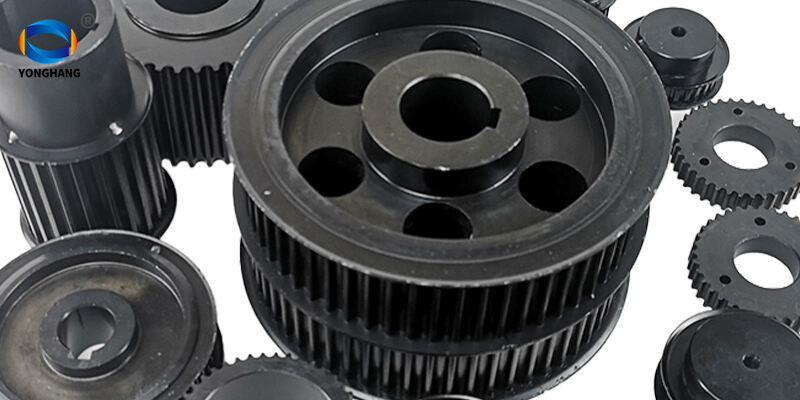Selecting the appropriate timing pulley is crucial for maximizing the efficiency and performance of your machinery. Timing pulleys play a significant role in synchronizing the movement of various components, ensuring smooth operation and longevity of the equipment. In this article, we will explore the key factors to consider when choosing a timing pulley, the different types available, and how to assess their impact on overall performance.

Understanding Timing Pulleys
Timing pulleys are essential components in belt drive systems, designed to maintain precise timing between the driving and driven elements. They are commonly used in various applications, including automotive engines, industrial machinery, and robotics. The primary function of a timing pulley is to transfer rotational motion while maintaining synchronization, which is vital for the efficient operation of the system.
Key Factors to Consider
When selecting the right timing pulley, several factors must be taken into account:
Material: Timing pulleys are typically made from materials such as aluminum, steel, or plastic. The choice of material affects the pulley’s strength, durability, and weight, which can influence the overall performance of the system.
itch: The pitch of the timing pulley refers to the distance between the teeth. It is crucial to match the pitch of the pulley with the belt being used to ensure effective engagement and prevent slippage.
Diameter: The diameter of the timing pulley impacts the speed and torque of the system. A larger diameter pulley will provide higher torque, while a smaller diameter can increase speed. It’s essential to find a balance that meets the specific requirements of your application.
Tooth Count: The number of teeth on the pulley affects the gear ratio and can significantly influence the performance characteristics of the drive system. A higher tooth count generally leads to smoother operation and reduced wear.
Load Capacity: Understanding the load requirements of your application is critical. Ensure that the selected timing pulley can handle the expected load without compromising performance or causing premature failure.
Types of Timing Pulleys

There are various types of timing pulleys available in the market. The most common types include:
Open Timing Pulleys: These pulleys have teeth on the outer surface and are designed for direct belt engagement. They are widely used in applications requiring precise timing and synchronization.
Closed Timing Pulleys: These feature a fully enclosed design, providing additional protection for the belt and reducing the risk of contamination. They are ideal for harsh environments where debris may interfere with performance.
Adjustable Timing Pulleys: These allow for modifications in the pulley’s position, enabling fine-tuning of the tension and alignment within the system. They are particularly useful in applications where adjustments are frequently needed.
Assessing Performance Impact
The choice of timing pulley can significantly impact the performance of your machinery. A well-matched pulley and belt system will lead to improved efficiency, reduced wear, and longer service life. Conversely, an ill-suited pulley can cause slippage, increased friction, and ultimately, mechanical failure. Regular maintenance and inspection of timing pulleys are essential to ensure they remain in optimal condition and continue to perform effectively.
Industry Trends and Innovations
As technology advances, the manufacturing of timing pulleys is evolving. Industry trends indicate a growing demand for lightweight and high-strength materials, such as advanced composites and alloys, which enhance performance while reducing weight. Additionally, the integration of smart technology in manufacturing processes allows for more precise production and quality control, ensuring that timing pulleys meet the highest standards of performance and reliability. Furthermore, the rise of automation in various sectors is driving innovations in timing pulley design, leading to more efficient and reliable systems.
In conclusion, choosing the right timing pulley is essential for achieving optimal performance in any mechanical system. By considering factors such as material, pitch, diameter, tooth count, and load capacity, you can ensure that your machinery operates smoothly and efficiently. Stay informed about industry trends and advancements to make the best choices for your applications.

 EN
EN
 AR
AR
 HR
HR
 DA
DA
 NL
NL
 FR
FR
 DE
DE
 EL
EL
 HI
HI
 IT
IT
 JA
JA
 KO
KO
 NO
NO
 PL
PL
 PT
PT
 RO
RO
 RU
RU
 ES
ES
 TL
TL
 IW
IW
 ID
ID
 SR
SR
 SK
SK
 UK
UK
 VI
VI
 TH
TH
 TR
TR
 AF
AF
 MS
MS
 IS
IS
 HY
HY
 AZ
AZ
 KA
KA
 BN
BN
 LA
LA
 MR
MR
 MY
MY
 KK
KK
 UZ
UZ
 KY
KY
